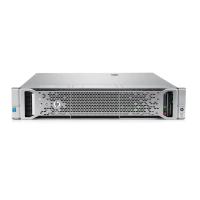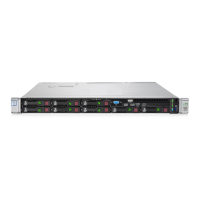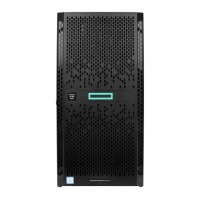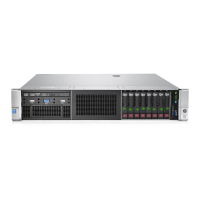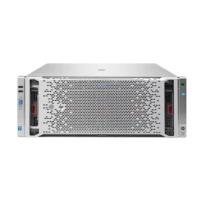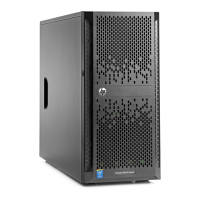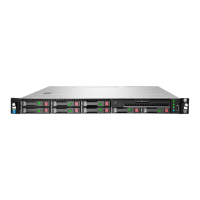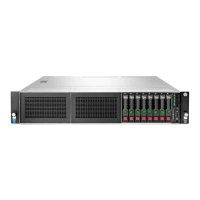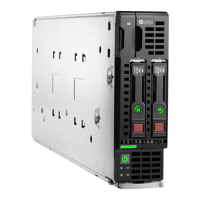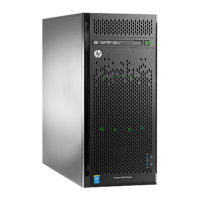1. Select an OS family.
2. Enter the OS media path, which can be a Windows Share or an FTP site on the local network.
Installation of Windows from an FTP site is not supported.
Based on this setting, the system automatically pulls the ISO from the specified location to
install it.
• For a Windows share location, enter the following network connection settings:
◦ Server Name or IP Address—Server name or IP address of the server that hosts the
OS contents. If a server name is specified, a DNS entry is also required.
◦ Share Name—The name of the network share using Server Message Block (SMB)
protocol that hosts the OS contents.
◦ Network Share User—User name used to access the network share.
◦ Network Share Password—Password for the user name used to access the network
share.
• For an FTP site, enter the following network connection settings:
◦ Server Name or IP Address—FTP server name or IP address of the server that hosts
the OS contents. FTP support requires anonymous access to the FTP server and does
not support connecting to an FTP server through a proxy.
IMPORTANT:
◦ When entering an FTP path, do not include spaces and punctuation. The FTP server
directory structure cannot contain spaces or special characters (including punctuation).
◦ Installation of Windows from an FTP site is not supported.
3. Enter the user name and password for the Deployment Settings package to use to access the
network share.
This password is not encrypted. For a more secure access method, use FTP.
4. Select the OS and the keyboard language.
5. Enter the product key.
If you do not enter a product key and one is required, the OS installation pauses indefinitely,
prompting you to enter the key. The installation resumes after you enter the product key.
6. After clicking Deploy, verify that you are ready to create the new OS. Click Apply to install
the OS.
NOTE: When the command is sent to iLO, the system will reboot. Disc drives that you had
previously deployed may be erased.
Entering Remote Support information
Use the Remote Support screen to enable or disable Insight Remote Support central connect. Insight
Online direct connect is not supported with the Deployment Settings feature.
If you enable Remote Support, enter the following settings:
• Local Remote Support Server—The hostname or IP address of the Insight RS server. In the
Insight RS software, the Insight RS server is called the hosting device.
• Local Remote Support Server Port—The port number to use. The default port number for Insight
RS is 7906.
For more information about the Insight Remote Support central connect requirements, see “Step 3:
Registering for Insight Remote Support” (page 10).
42 Performing maintenance
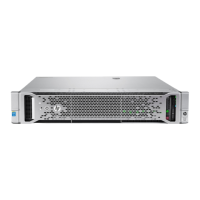
